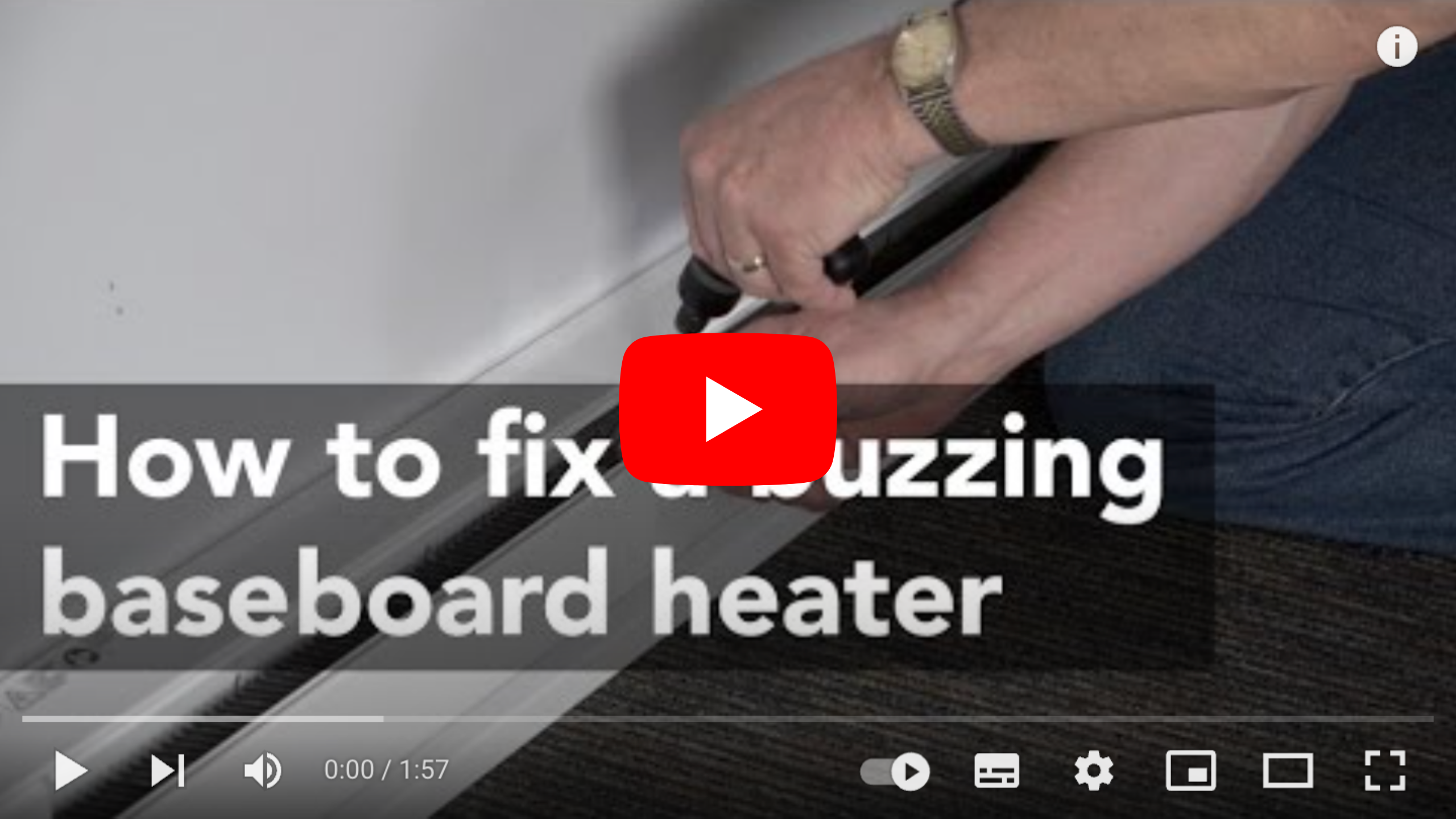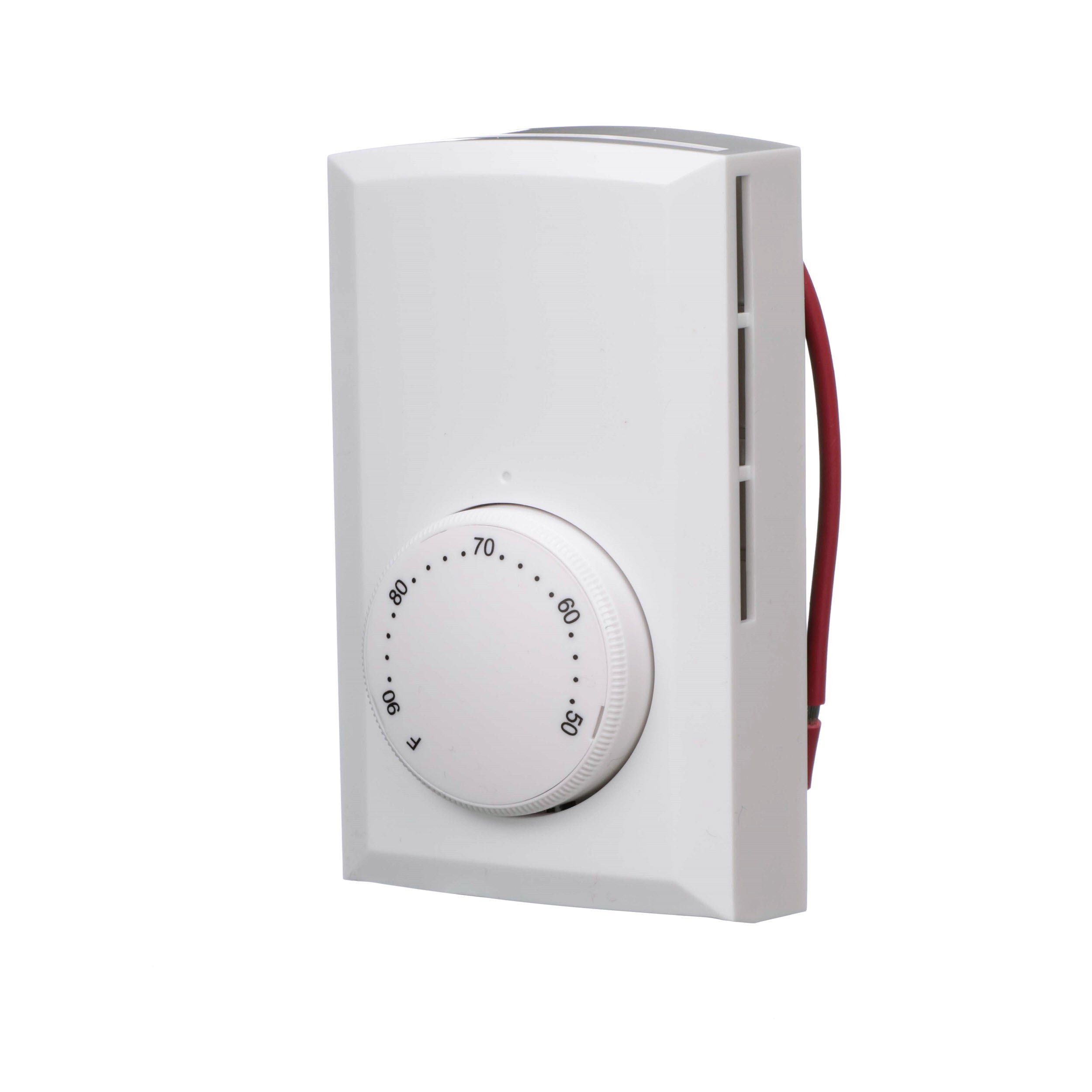Cadet Wall Heater Troubleshooting: Quick Fixes and Tips
Is your Cadet wall heater acting up? When temperatures drop, the last thing you want is a heater that won’t do its job.
Whether it’s not turning on, blowing cold air, or making strange noises, these issues can leave you feeling frustrated and uncomfortable. The good news? Most Cadet wall heater problems are easier to fix than you might think. In this guide, we’ll walk you through simple troubleshooting steps to get your heater back on track.
You don’t need to be a tech expert or spend hours searching for solutions—everything here is designed to be straightforward and actionable. By the time you’re done reading, you’ll feel confident tackling the issue and reclaiming that cozy warmth in your space. Let’s get started!

Credit: www.youtube.com
Common Issues With Cadet Wall Heaters
Cadet wall heaters are reliable and efficient for home heating. Yet, like all appliances, they may encounter issues over time. Knowing common problems helps you identify and fix them easily. Below, we’ll explore typical issues and their potential causes.
1. Heater Not Turning On
If the heater doesn’t start, check the power supply. Ensure the circuit breaker hasn’t tripped. Confirm the wall switch is in the “On” position. Inspect the heater’s wiring for loose connections. A blown fuse could also cause this issue.
2. Insufficient Heating
The heater might run but not warm the room properly. Blocked air vents can reduce airflow, affecting performance. Dust and debris buildup inside the heater may also cause poor heating. Ensure the thermostat is set to the desired temperature.
3. Unusual Noises
Strange sounds like buzzing or rattling can indicate a problem. Loose screws or parts inside the heater often cause rattling. Buzzing may occur due to electrical issues or a failing motor. Regular maintenance helps prevent these noises.
4. Burning Smell
A burning smell is often caused by dust buildup on the heating element. Turn off the heater and let it cool before cleaning. If the smell persists, inspect for damaged wiring or components. Avoid using the heater until the issue is resolved.
5. Heater Overheating
Overheating is a safety concern that needs immediate attention. Blocked vents or a malfunctioning thermostat may cause this issue. Clean the heater and ensure nothing obstructs airflow. If the problem continues, consult a professional technician.

Credit: www.cadet.glendimplexamericas.com
Heater Not Turning On
There’s nothing more frustrating than expecting a warm room only to find your Cadet wall heater not turning on. Don’t panic—this issue is usually fixable with a few simple troubleshooting steps. Let’s break down the most common causes and solutions so you can get your heater running again.
Checking The Power Supply
First, ensure your heater is plugged in properly. Sometimes, it’s as simple as an unplugged cord or a loose connection. Double-check the outlet by plugging in another device, like your phone charger, to confirm it’s working.
If your outlet isn’t providing power, try a different one nearby. Still no luck? You might be dealing with a larger electrical issue that requires further investigation.
Inspecting The Circuit Breaker
Next, head to your home’s circuit breaker panel. Look for the breaker connected to your heater—it may have tripped. A tripped breaker is usually easy to spot because it sits in a middle position between “on” and “off.”
Flip the breaker all the way off, then turn it back on. If it trips again, there may be an overloaded circuit or a wiring issue. You may need to call an electrician at this point.
Testing The Thermostat
Your thermostat is another potential culprit. Ensure it’s set to a temperature higher than your current room temperature. Sometimes, a small adjustment is all it takes to kick-start the heater.
If adjusting the temperature doesn’t work, check if the thermostat is securely connected to the heater. Loose wires or a faulty thermostat can block the heater from receiving commands.
Still stuck? Consider replacing the thermostat. A worn-out thermostat can cause heating problems, and new models are often affordable and easy to install.
Have you ever overlooked something as simple as a loose plug or a tripped breaker? Don’t underestimate these basic checks—they can save you time and money. What’s your next move if your heater still won’t turn on?
Insufficient Heat Output
Is your Cadet wall heater producing less heat than expected? Insufficient heat output can be frustrating, especially during cold months. This issue often stems from simple, fixable problems. Understanding the cause can help restore your heater’s performance. Below are some common steps to troubleshoot and resolve this problem.
Cleaning Dust And Debris
Dust and debris often block proper airflow in wall heaters. Turn off the heater and let it cool completely. Remove the heater’s front cover to access internal components. Use a vacuum cleaner with a brush attachment to remove dust. Pay attention to the fan and vents. Clean these thoroughly to ensure smooth air circulation. Wipe surfaces gently with a damp cloth if needed. Regular cleaning can improve heat output and prolong the unit’s life.
Verifying Proper Voltage
Incorrect voltage supply can impact the heater’s performance. Use a multimeter to check the voltage at the heater’s power source. Compare the reading with the heater’s voltage rating. This information is usually on the unit’s label or in the manual. If the voltage is too low or fluctuates, consult an electrician. A stable power supply ensures the heater operates efficiently.
Examining Heating Element
A damaged heating element can cause insufficient heat. Turn off the power and remove the heater’s cover. Inspect the heating element visually for any signs of wear or damage. Look for burn marks, breaks, or discoloration. Use a multimeter to test for continuity in the heating element. If there’s no continuity, the element may need replacement. Contact a professional for assistance if unsure.

Credit: www.cadet.glendimplexamericas.com
Unusual Noises From The Heater
Unusual noises from a Cadet wall heater can cause concern. These sounds might indicate minor issues or potential malfunctions. Understanding the source of these noises is essential for proper troubleshooting. Below are common reasons for unusual sounds and how to address them effectively.
Identifying Loose Components
Loose components are a common cause of strange heater noises. Over time, screws, panels, or brackets can loosen due to vibrations. Inspect the heater carefully for any unsecured parts. Tighten screws or fasteners to eliminate rattling sounds. This simple fix often resolves the issue quickly.
Lubricating Moving Parts
Moving parts like the fan can create noise if they lack lubrication. Dry or worn parts may produce squeaking or grinding sounds. Use a silicone-based lubricant to reduce friction. Apply it sparingly to avoid buildup. Regular lubrication keeps the heater running smoothly and quietly.
Checking For Obstructions
Debris or foreign objects inside the heater can cause unusual sounds. Dust, small items, or blockages may disrupt normal operation. Turn off the heater and inspect it for any obstructions. Remove debris carefully to avoid damaging internal components. A clean heater operates more efficiently and silently.
Heater Overheating Or Shutting Down
Experiencing issues with your Cadet wall heater overheating or shutting down? These problems can disrupt comfort and raise safety concerns. Understanding the possible causes can help you troubleshoot effectively and restore proper functionality. Below are practical steps to address these issues.
Inspecting Airflow Blockages
Blocked airflow is a common reason heaters overheat. Dust, dirt, or debris can clog vents and restrict air circulation. Inspect the heater’s vent openings and intake areas. Ensure they are clean and free from obstructions. Use a soft brush or vacuum to remove buildup. Regular maintenance prevents airflow issues and keeps the heater working efficiently.
Resetting The Internal Safety Switch
Cadet wall heaters have built-in safety switches to prevent overheating. If the heater shuts down suddenly, the safety switch may have been triggered. To reset it, turn off the power supply. Wait for the heater to cool completely. Locate the reset button on the unit and press it firmly. Restore power and check if the heater operates normally.
Testing The Thermostat Settings
Incorrect thermostat settings can cause temperature fluctuations. Check if the thermostat is set to your preferred temperature. Test its responsiveness by adjusting the dial slightly. If the heater doesn’t react, the thermostat may need recalibration or replacement. A properly functioning thermostat ensures consistent heating and prevents overheating.
Burning Smell Or Smoke
A burning smell or smoke from your Cadet wall heater can be alarming. This issue often points to dirt buildup, damaged wiring, or improper installation. Identifying and fixing the problem quickly ensures safety and restores proper function. Below are common troubleshooting steps to address this issue.
Cleaning Accumulated Dirt
Dust and debris often accumulate inside wall heaters over time. This buildup can burn when the heater operates, causing a burning smell. Begin by turning off the heater and disconnecting the power supply. Use a vacuum cleaner with a soft brush attachment to remove dirt from the vents and grill. A can of compressed air can help dislodge stubborn debris in hard-to-reach areas. Avoid using water or cleaning agents, as they can damage internal components.
Inspecting Wiring For Damage
Damaged or frayed wires can overheat and produce a burning smell. Turn off the power at the circuit breaker before inspecting the wiring. Remove the heater cover and visually check for melted insulation or exposed wires. If you notice any damage, stop using the heater immediately. Contact a licensed electrician to repair or replace faulty wiring. Do not attempt to fix electrical issues unless you are qualified.
Addressing Improper Installation
Improper installation can lead to overheating or poor airflow. This often results in a burning odor or even smoke. Check if the heater is mounted securely and aligned correctly. Ensure there is enough clearance around the heater for air circulation. Verify that the unit matches the room’s heating requirements. If you suspect improper installation, consult the user manual or hire a professional technician. Correct installation ensures efficient and safe operation.
Tips For Regular Maintenance
Regular maintenance ensures your Cadet wall heater operates efficiently and safely. Simple upkeep steps prevent minor issues from growing into costly repairs. Follow these tips to keep your heater in good condition.
Establishing A Cleaning Routine
Dust and debris can block airflow and reduce heating efficiency. Clean the exterior of your heater regularly using a soft cloth or duster. Remove any buildup from the vents to maintain proper ventilation. Use a vacuum with a brush attachment to gently clean the vent openings. Avoid using water or harsh chemicals, as they may damage the unit.
Inspecting Components Periodically
Check the heater for loose or damaged parts every few months. Inspect the wiring for signs of wear or fraying. Ensure the thermostat is functioning correctly and responding to temperature changes. Look for unusual noises or odors, as these may indicate internal issues. Address small problems early to avoid larger malfunctions.
Scheduling Professional Servicing
Hire a qualified technician to inspect your heater yearly. Professionals can identify hidden issues and perform necessary repairs. They ensure the heating elements and electrical components function safely. Regular servicing extends the lifespan of your heater and improves overall performance. Schedule inspections before colder seasons for uninterrupted heating.
Conclusion
Troubleshooting your Cadet wall heater can feel challenging, but it’s manageable. Start by checking the power source and thermostat settings. Clean the unit to remove dust or debris affecting performance. Inspect for visible damage or worn-out parts that need replacement.
If problems persist, consulting a professional is wise. Regular maintenance helps avoid common issues and keeps your heater reliable. Staying proactive ensures your heater works efficiently throughout the colder months. With these steps, you can address most concerns and enjoy a warm, comfortable space.
Always prioritize safety while handling electrical devices.




